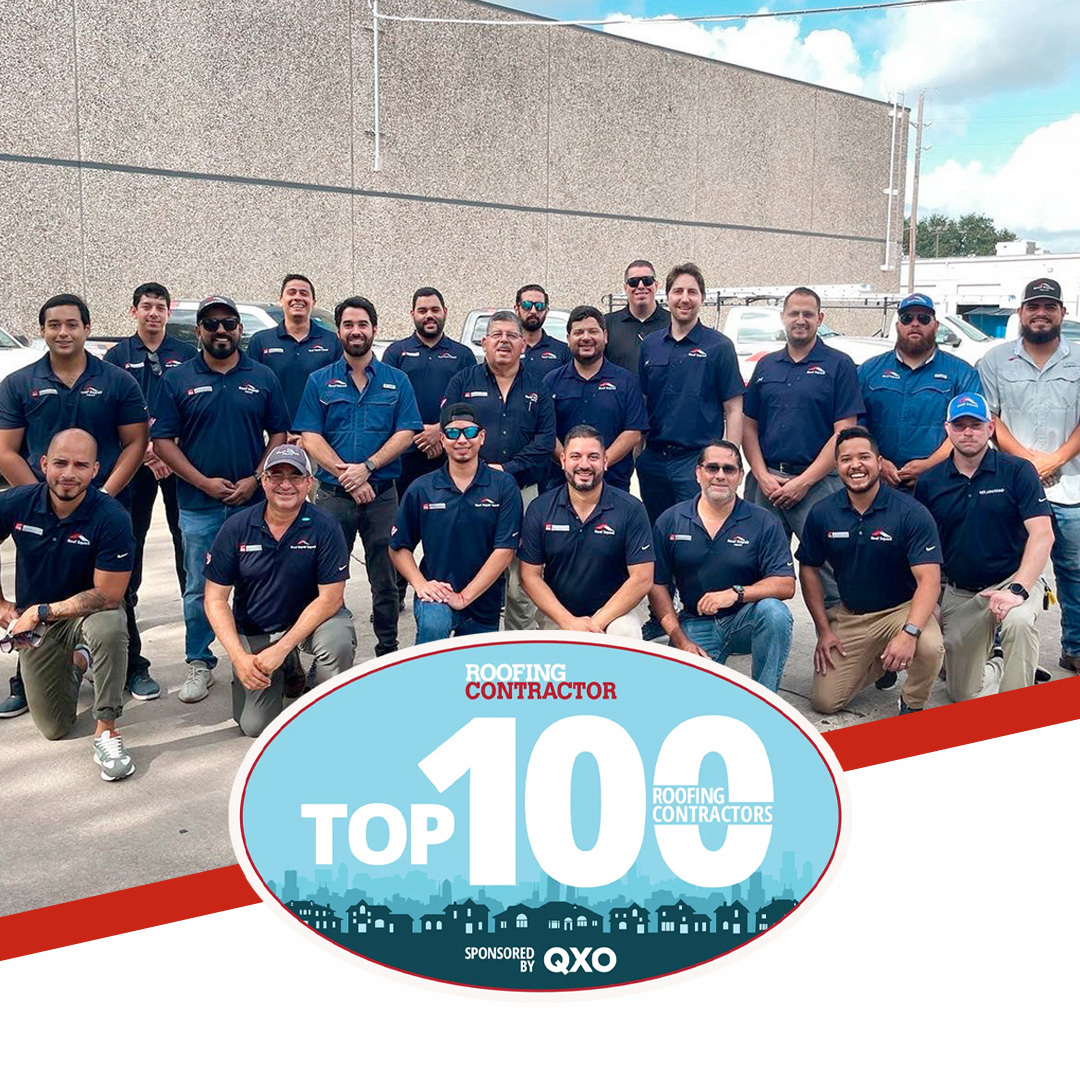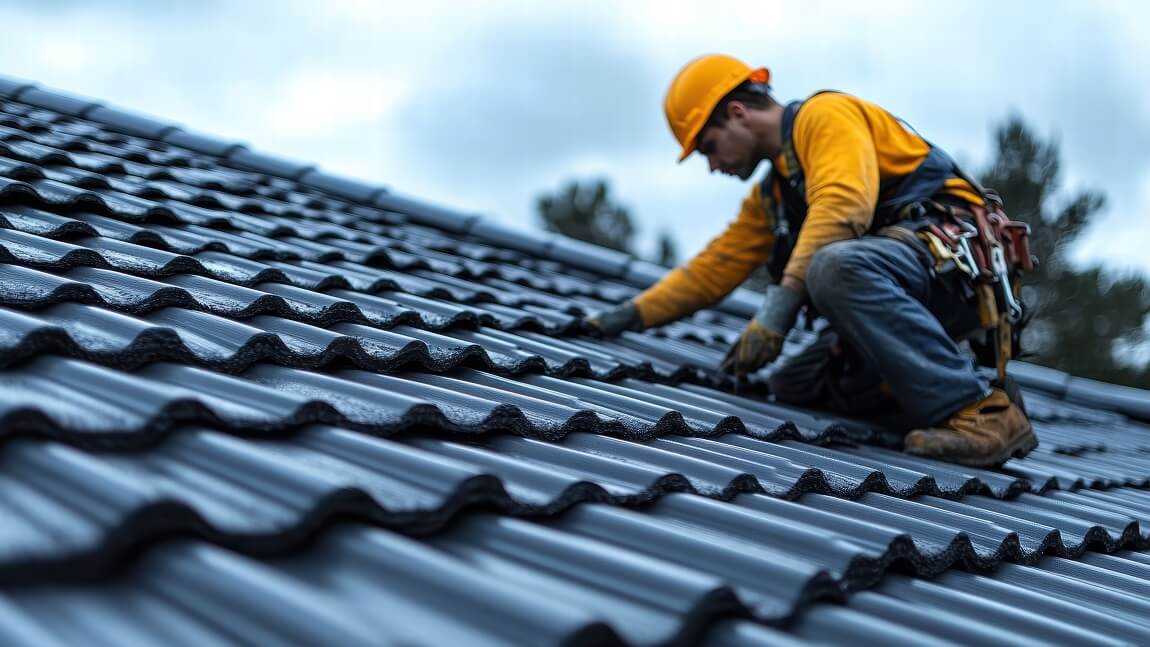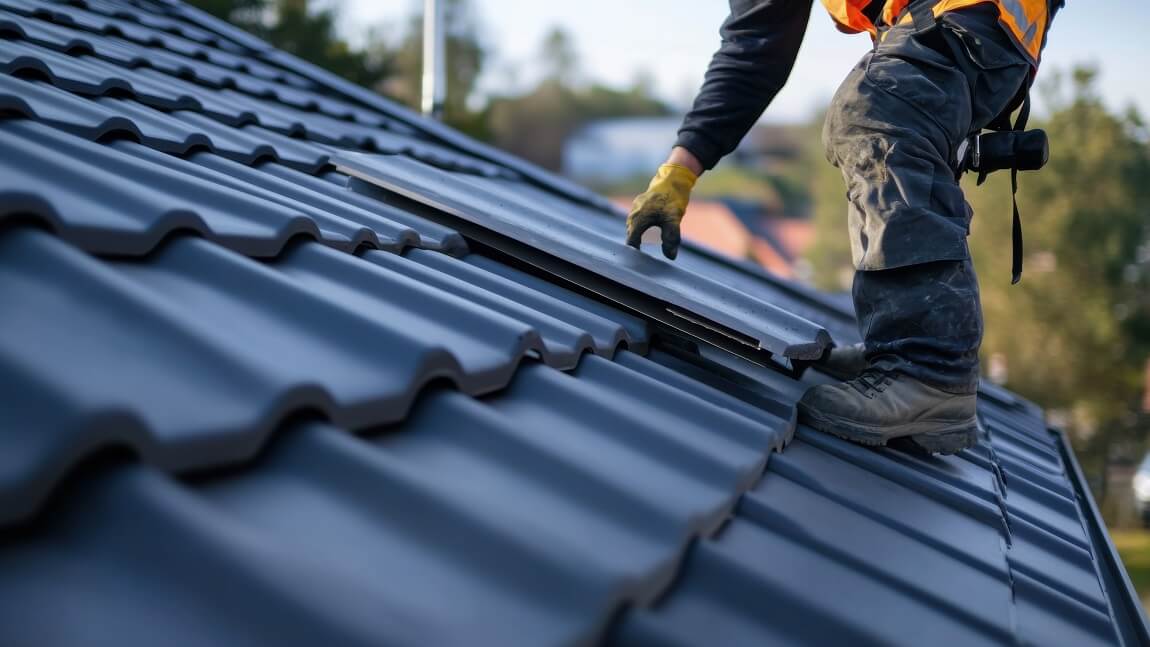Ever wondered how your roof holds up during a downpour? A big part of the answer lies in an often-overlooked feature: roof flashing. Without proper flashing, even the best roofing materials can give way, leading to leaks and water damage. Read on to learn more about how roof flashing helps prevent water damage.
What Is Roof Flashing?
Roof flashing is a thin, durable metal—usually aluminum or galvanized steel—installed around roof edges, joints, and material intersections. These vulnerable areas include places where chimneys, vents, and skylights intersect with the roof. Flashing channels water away from these seams, preventing leaks and keeping your roof airtight. By reinforcing these weak spots, it plays a key role in the roof's long-term durability.
Why Roof Flashing Matters
Water infiltration is the enemy of any roof, and without flashing, even minor moisture can seep into the layers of your roofing materials. Over time, this can lead to rot, mold, and significant structural damage. Flashing acts as a first line of defense, creating a watertight barrier that protects both the interior and exterior components of your home.
Types of Roof Flashing and Their Roles
Different types of flashing serve various purposes depending on their placement. Here are the most common types and what they protect:
- Step Flashing: Placed in a stair-step fashion along roof edges where it meets a wall. It deflects water away from these intersections, particularly around chimneys and dormers.
- Valley Flashing: Positioned where two roof slopes meet, valley flashing channels water off the roof. Valleys collect a lot of water during rainstorms, so a strong flashing layer prevents leaks in these high-risk areas.
- Vent Pipe Flashing: Surrounding any vents sticking through the roof, this flashing seals the base to prevent water from entering through the gaps.
- Drip Edge Flashing: Installed along the eaves and rakes of the roof, drip edges prevent water from seeping into the underlying structure by directing it away from the edges.
The Importance of Installation in Leak Prevention
Skilled installers carefully place flashing at the right angles and overlap to direct water flow effectively. Even slight gaps or improperly positioned flashing can allow water to penetrate, causing the flashing to fail at its job. For this reason, DIY repairs or inexperienced installations often lead to quicker wear, leaving the roof vulnerable to leaks.
How Roof Flashing Saves on Energy Costs
By preventing leaks, flashing also prevents air drafts and insulation damage, contributing to a home’s energy efficiency. Properly sealed flashing stops moisture from compromising insulation, which maintains a more consistent indoor temperature. This stability reduces the load on your heating and cooling systems, translating into lower energy bills over time.
Maintenance Tips for Long-Lasting Protection
Even with durable flashing, regular inspections can help prevent issues. Inspect for rust, cracks, or loose flashing after storms or strong winds. Corroded flashing may indicate rust and requires replacement to maintain the protective barrier. Making prompt repairs for minor issues extends your roof’s lifespan and saves you money on potential major fixes.
Protect your Denver home from leaks and water damage with expertly installed roof flashing. Our team at Roof Squad knows every component matters for your roof’s integrity. Trust us to deliver the best solutions for all your roofing needs. Contact us today to learn more!










